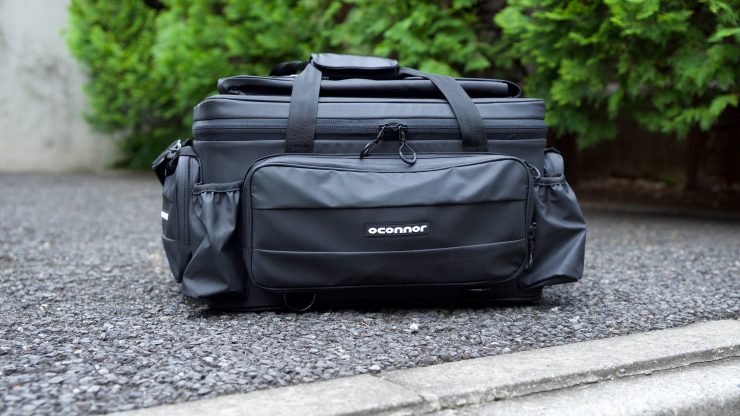
The OConnor Camera Assistant bag is the company’s first foray into making bags (if you don’t count their soft carrying cases for tripods). OConnor is not a name that is normally synonymous with equipment bags, as they are best known for making high-quality tripods. I’m calling this a first look rather than a review as it’s impossible to know just how well a bag stands up to the rigours of field use without having used it for an extended period of time.
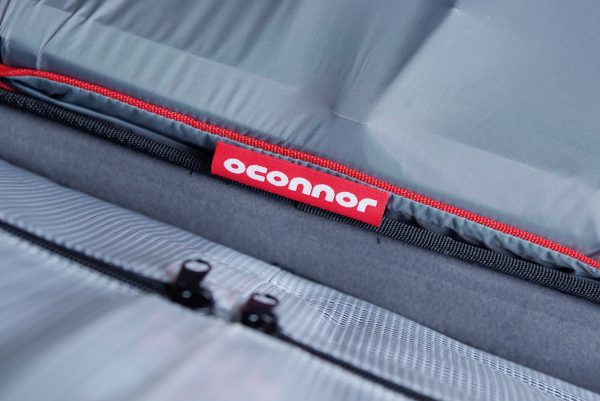
The Camera Assistant Bag (not the most original name, but hey it works) features a water and dust-resistant liner with stuff pockets, the bag is also designed without any internal seams and features a hinged lid that can be left open on set without putting sensitive equipment at risk.
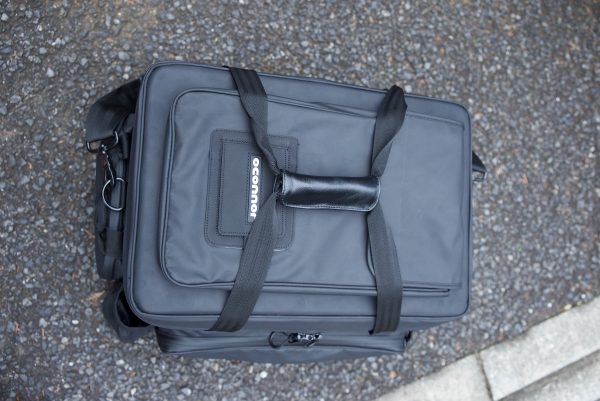
According to OConnor, they worked closely in consultation with end users to design what they are calling “The ultimate unit bag.” Crew members of Ember Films, who served on the principal photography team for the “Planet Earth II” television series and who also work on feature films, commercials, and drama series all over the world, offered input into the essential features necessary for a bag that could serve in the most extreme on-location environments. The Camera Assistant Bag was field tested in some of the harshest and most remote environments on earth, including Africa, Brazil, and Nepal.
Build quality
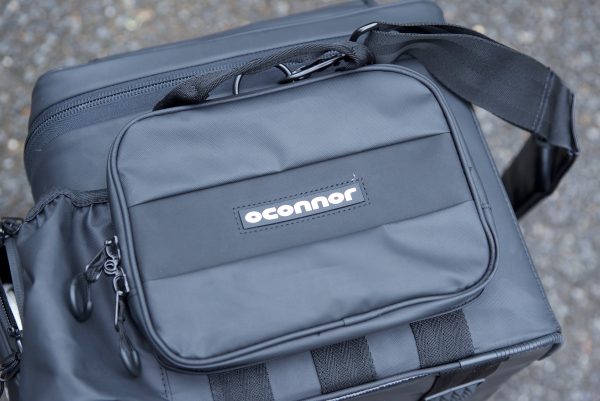
The Camera Assistant bag is constructed of high-quality, water-resistant materials (internal double skin waterproofing to 1.2M / 4ft column of water), tough wipeable waterproof outer fabric and zips and genuine leather strap and handles. For heavier loads D-ring fixing points on the front and back enable users to carry the bag Sherpa-style using the included leather strap. If you carry it this way, it spreads the weight of the bag over the carrier’s back rather than concentrating it on the shoulders.
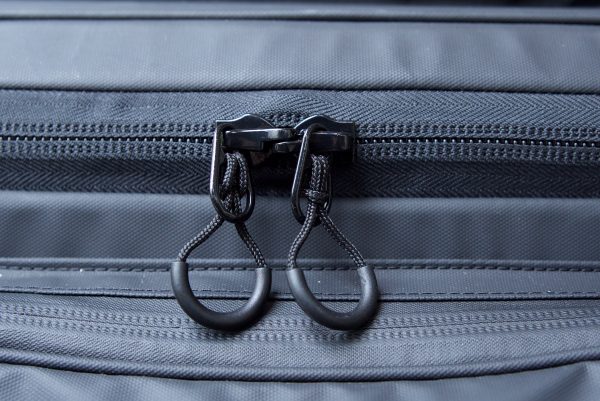
The material of the bag feels reasonably robust and the zippers seem pretty good, but it’s impossible to tell if they will stand up to the rigours of field use without having used the bag for an extended period of time. My first impressions are that the bag looks to be well made, but the zippers and lining don’t feel as robust as what you would find on a Think Tank bag.
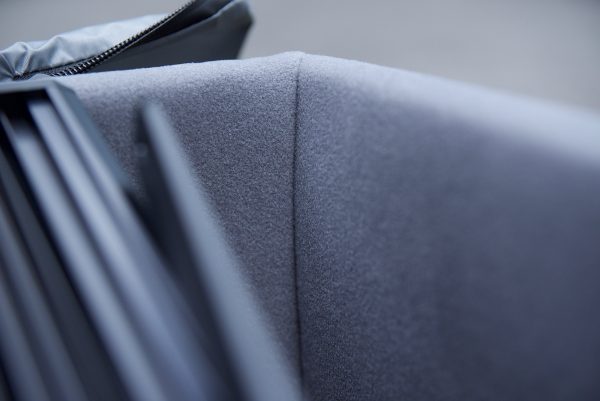
The frame of the bag is reinforced and it gives you the strength of a hard case but leaves you with the flexibility of having a softer, lighter bag.
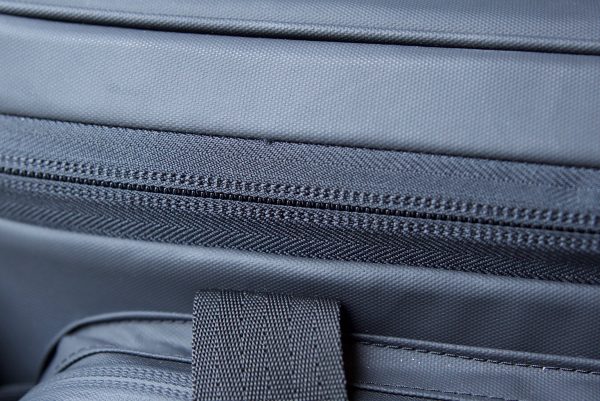
The overall build quality of the bag is very good and it does feel like a lot of thought went into designing it for the rigours of field use.
Inside/outside
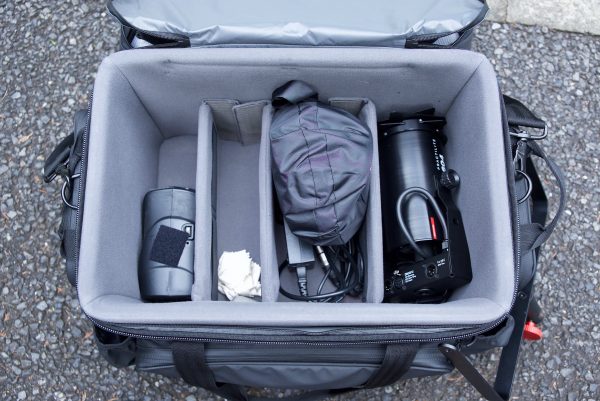
On the inside, the Camera Assistant Bag includes seven heavy-duty dividers with a double-sided fastening strip. These can be moved around depending on what you plan to put inside the bag. Additional fixing points hold accessories such as pan bars and camera plates, and durable clear-mesh pockets offer storage for additional gear.
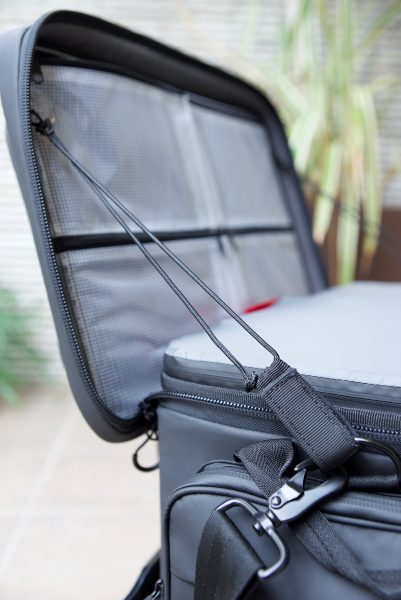
The lid of the bag can be held open by attaching a couple of straps via velcro around the eye hooks on the side of the bag. I like being able to have the lid hinged in this way. It’s a pity that the lid of the bag doesn’t open up and stay hinged like this without you having to attach the straps once you open it and then detach them once you go to close it.
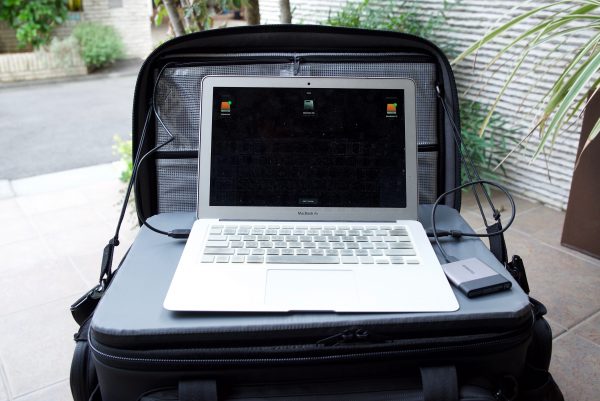
Once you open the bag there is a waterproof zippered cover that adds extra protection for the items inside the main compartment. I found that a good extra use for this zippered cover was that I could put a laptop on top of it for creating a little mini DIT station when I was working in the field.
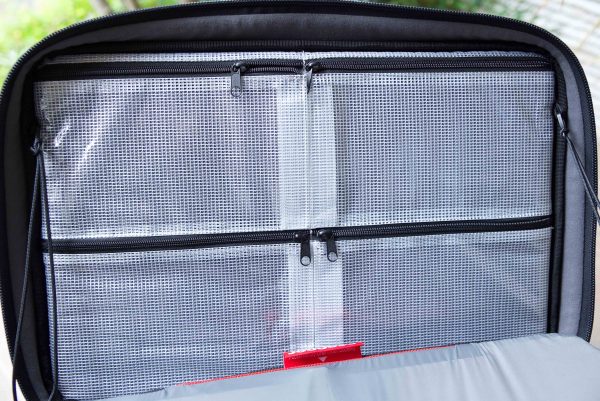
On the inside of the top lid, there are four zippered compartments that you can use to put in smaller accessories. These pockets are not very deep though, and they aren’t flexible so that does limit what you can put inside them.
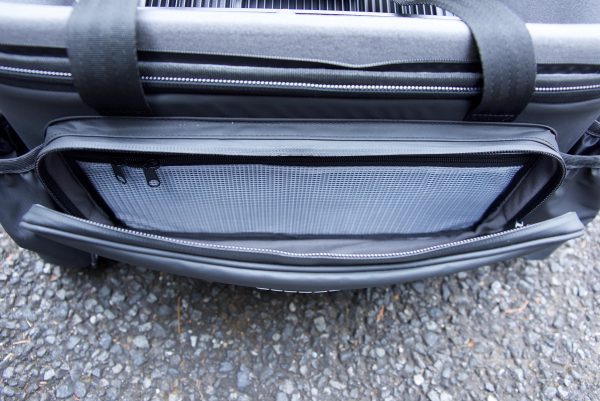
The outside front pocket on the bag also features a built-in zippered compartment, but again just like the zippered compartments inside the top lid, you can’t put much inside them.
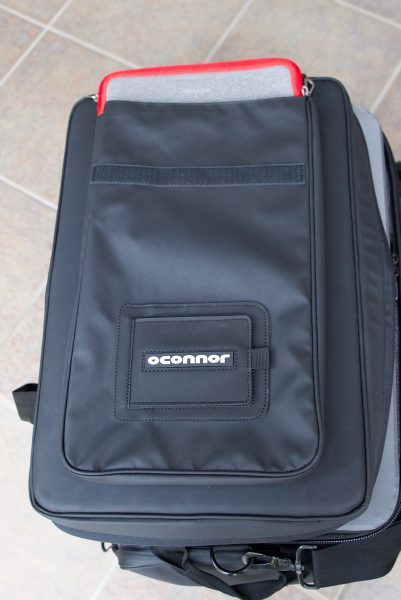
On the outside, there is a pocket sleeve that you could put a laptop or iPad in, but it’s not padded in any way, so I would be a bit hesitant to put either of these items in there. It’s probably better suited to color checker charts, and things like french flags.
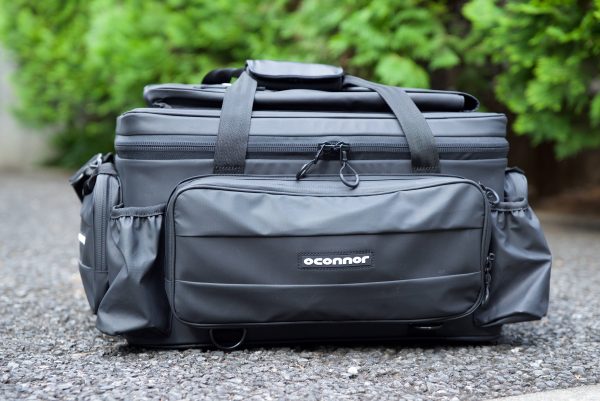
Also on the outside, there are three zippered compartments, as well as two flexible elastic lined open pouches that you could put bottles of drink or items like lens cleaning fluid in.
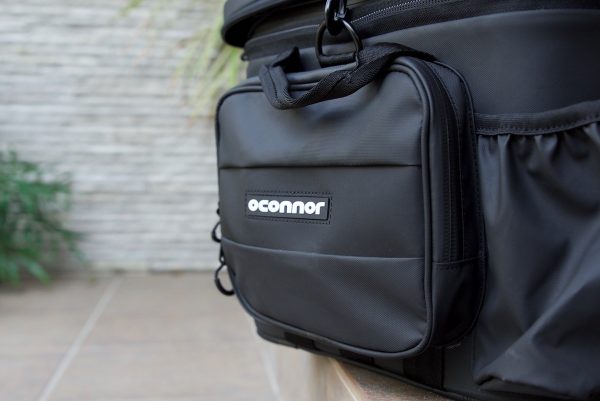
I like that OConnor has put strap handles on the sides of the bag so it is easier to pick up in certain situations.
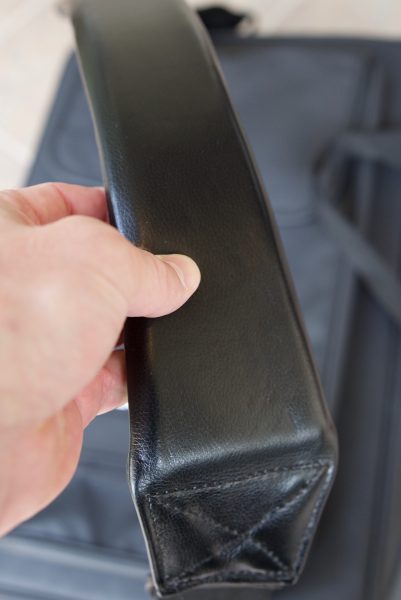
The carry strap is nicely padded and comfortable to use for carrying the bag on your shoulder.
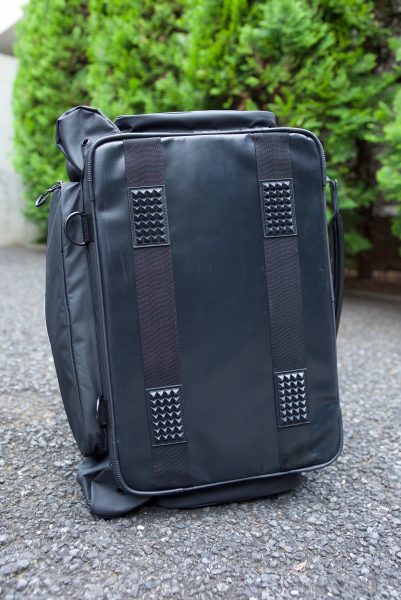
On the bottom of the bag, OConnor has put some tough rubber feet. I like that they have done this, as the bottom of the bag is going to be the place that cops the majority of the wear and tear. I also like that they aren’t just stand alone rubber feet, they have been sewn into a heavy duty material.
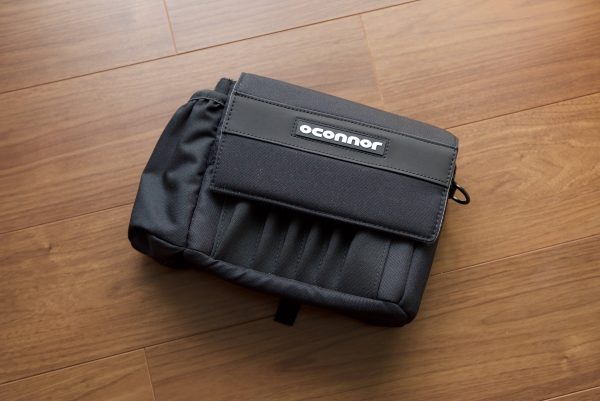
In a nice touch, the Camera Assistant bag also includes an extra pouch that can be carried on the user’s belt or fixed externally to the main bag. This can be used to carry filters, tools, or anything else a camera assistant needs.
Weight
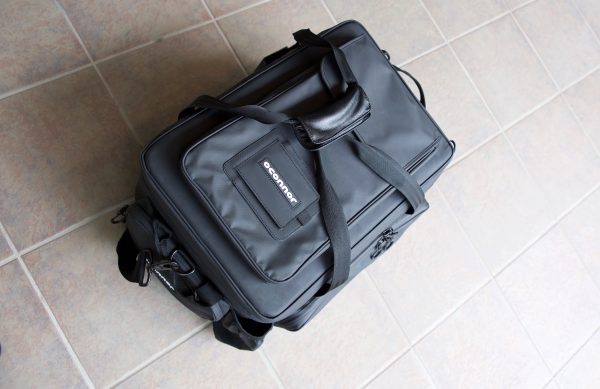
The bag isn’t exactly lightweight at 12.7 lbs (5.8 kg). By the time you put a bunch of kit inside it, you may not want to be carrying it around on your shoulder. The Camera Assistant bag also fits into a standard Pelicase 1620 travel case, but you do need to be mindful of the combined weight of both of those products (16.9kg / 37.25 lb) if you plan on checking it in for air travel. I think the dimensions of the bag make it slightly too big to use as a carry on for air travel. In the US most airlines will only allow you to take a bag with dimensions of 22 cm x 35 cm x 56 cm (9 inches x 14 inches x 22 inches). The Oconnor Assistants Bag has dimensions of 34 cm x 37cm x 57cm.
If you do check it in on a plane I wouldn’t recommend keeping anything in the outside pockets. The outside pockets and also the top outside compartment are not padded in any way and you are likely to damage anything you put inside.
Usability
The bag is easy to use, reasonably comfortable to carry, and robustly made. It’s not too big or too small and I think the size of the bag is just about perfect for its intended use. Bags are always a hard item to review because in a lot of ways they are quite a personal decision. What one person wants in a bag can be completely different from someone else. What actually works for you depends on so many factors. What are you going to use it for? What do you need to put inside it? Are you going to carry it or put it on a trolly? Do you need to check it in on a plane?
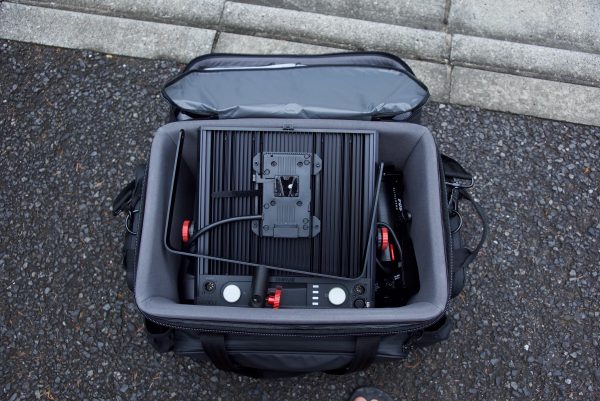
I have used the bag for lots of different purposes and filled it with all sorts of equipment. I even found that I could fit it a 1×1 panel light without the frame. I like that I can tailor the bag to whatever gear I need to use for a particular job. It’s reasonably easy to carry and as long as you don’t fill it full of very heavy items you can sling it around your shoulder.
Even though it’s called an Assistants Bag, it can certainly be used by just about anyone for any purpose. The bag has enough room inside that you could use it as a regular camera bag for smaller digital cinema cameras such as a Sony FS5, Panasonic EVA1, or Canon C200 etc.
Competition
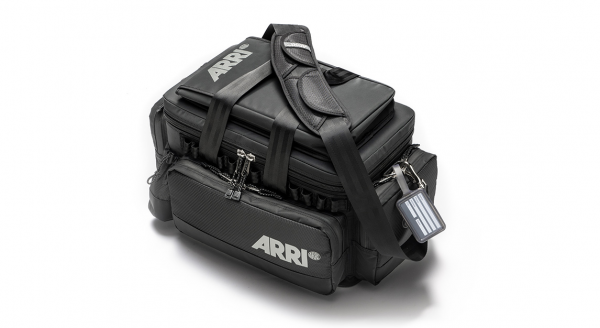
Direct competition includes offerings from companies such as ARRI and CineBags.
The ARRI Unit Bag Medium II has dimensions of 23.6″ x 11.4 ” x 13.0″ and it weighs 1.3kg less (4.5kg) than the Oconnor Assistants bag. The ARRI Unit Bag Medium II retails for $390 USD.
The CineBags CB-01A Production Bag has dimensions of 27.5′ x 16.5 ‘x 11.5″ and it weighs 6.23kg which is 0.43kg more than the Oconnor. The CineBags CB-01A Production Bag retails for $236.55 USD.
Price and availability
The bag is now available for $356.25 USD. It looks like real competition for the ARRI Unit Bags and offerings from companies such as CineBags.
Specifications
• Ext. Dims. 22 x 14.5 x 13.5″(57 x 37 x 34 cm)
• Main Int.cavity dims 18 x 12 x 10.5 in (46 x 30 x 27 cm)
• Weight 12.7 lbs (5.8 kg)
Conclusion
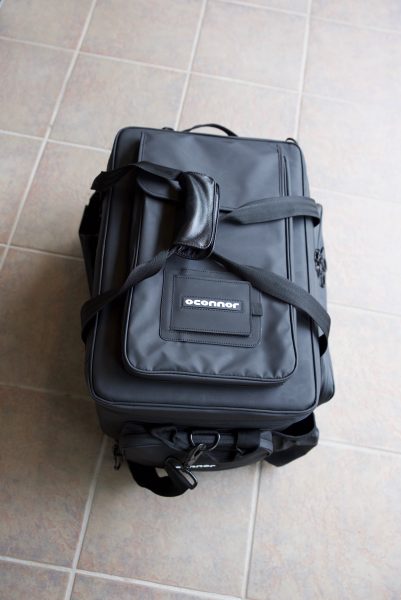
Bags come in all shapes and sizes but for me, the most important aspect is the build quality and longevity. I take bags into some pretty remote and unforgiving places so I want a bag that won’t get damaged, have the zippers break, or the straps and handles fray. The Oconnor Assistants Bag looks like it may live up to those requirements that I have. In the short time I have been using it I have found it to be versatile and well made. Just how well it stands up to the test of time I will have to wait and see.





